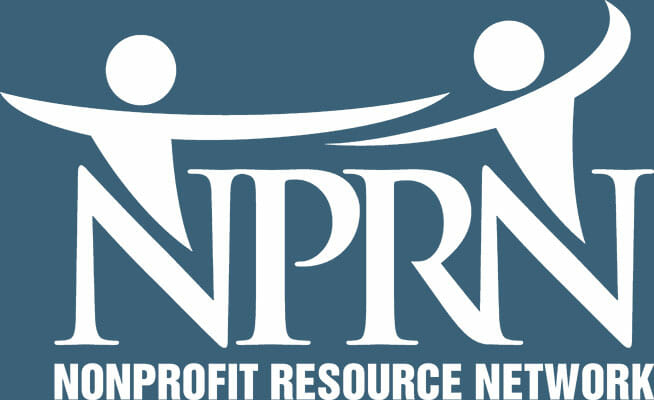Welcome to the newest blog column of the Grant Center in which we will be talking with foundation leaders to get some detailed information about their values, practices, and viewpoints. Please email us at heather@thewriteteam.net if you have specific questions you would like us to ask a funder.
 The J.S. Bower Foundation
The J.S. Bower Foundation
The J.S. Bower Foundation funds in the areas they call the early years, later years, consciousness, environment, and community priorities. You can visit jsbowerfoundation.org for more details. We sat down with Jon Clark from the Bower Foundation and asked him the following questions:
Your website tagline is “re-envisioning.” What does that mean to you in terms of the investments you are making in our community?
We think the greatest work starts with a great vision, and that visioning is a continuous process. We started with a clear vision of what we wanted to accomplish and have been working toward that for the last 11 years. Over time we have re-visited the vision, making sure it still fits, and seeing how our perspective on it has evolved over time. At this point it is pretty straightforward to look at the grant opportunities that come our way and see whether that opportunity moves us in the direction we want to go.
The Bower Foundation seems very data driven in its approach to grant making. Can you tell us how research informs your grant making decisions?
Data certainly plays a role. On the highest level, it can give us a perspective on whether we are progressing toward our goals. It can also give us information about how we can improve. And, while hard data is critical, there are also other important ways of learning that complement the standard use of data. For us, being in the community, talking directly to partners and the people we are hoping to serve is just as important.
What’s the most important thing about the self-evaluation process for non-profits? How would you respond to an organization that didn’t meet its projected goals or objectives?
I think any evaluation process is about accountability and learning, and that there is a tension in creating the space for both to happen. Self-evaluation is usually mostly about learning, so for an organization that fails to meet their goals and objectives, the central question is “why?” The hoped-for result is that you learn and do better next time. I guess what I’d look for in an organization is a commitment to that process of learning.
What are some common mistakes or missteps organizations make in applications?
I don’t see many mistakes actually. Usually, I get to interact with competent folks trying to get work done. The worst mistake I’ve seen came from an organization that assumed their decline came from staff when it really came from the board. They responded by writing a scathing letter basically saying that the board is so wise it couldn’t have possibly made a decision so stupid, so it must have come from staff. It didn’t go over well.
According to your website, the Bower Foundation likes to focus on “collective impact” in its grant making. What does that mean to you?
That phrase probably took on a lot of different meanings over time. For me, it represents a long-term effort of a community, or at least some key players, to address a large social issue over time. It requires great coordination, sophisticated data use, and crucially a shared process of learning and improving. It is hard work, and honestly, almost never happens.
Do you think it makes a difference in the outcome if an organization calls to discuss their application beforehand?
I can only speak for us, but we are also looking for those elements of “fit,” so having the time to get to know people is part of the deal. Even more important than calling before the application is keeping touch during the grant period. Given that we are here for long-term objectives, most of my work actually comes after the grant is made.
What is the Foundation’s perspective on the “overhead” debate? Do you see “overhead” as separate from programs?
Unless an overhead amount is crazy high it is not a major issue for us. Organizations need to invest in their own capacity. At the same time if overhead is high it should lead us to ask why, and sometimes it’s a symptom of a different problem. For example, before nonprofits make the transition from startup mode, much of their administrative time is donated by volunteer leadership. When they make the switch and start paying for the true cost of the work, expenses go up. Often, the founding board can’t raise everything needed to support this new real cost, so the organization hires development help for the first time. In this example, there’s a period of time when overhead looks high compared to programs because they’re building capacity and making the transition to a more professionally-run agency. In this case, it’s okay to have a period of higher overhead, as long as the agency does, in fact, build capacity and grow programs to the point where their ratio becomes reasonable again.
Do you have one tip for non-profits that you’d say is the key to success in grant-seeking?
Nothing that doesn’t come across as terribly cliche. I know folks get really tired of hearing about “fit” but really that’s what you are looking for. In my experience on both sides of the funding conversation, when you connect with someone who shares your goals and with whom you can develop trust, the relationship happens and resources flow. Anything without that is just a transaction.

Leave a Response